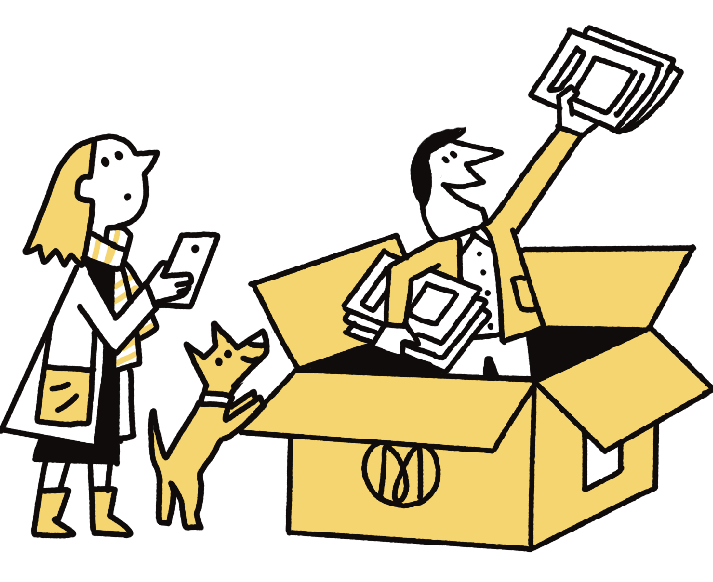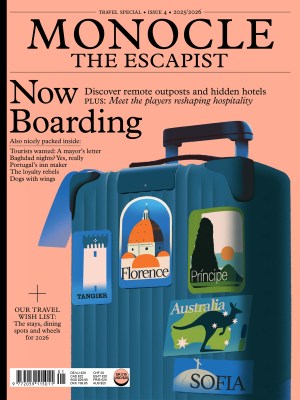What we can learn from Danish fair 3 Days of Design
The annual event has been a roaring success for Copenhagen and offers important lessons for bigger fairs worldwide.
The stakes are high for 3 Days of Design. If you were among the 45,000 attendees at the 2024 edition of Copenhagen’s annual design fair, you likely sensed the optimism in the air. With the event’s rapid growth – exhibitor numbers nearly doubled in a year – and its rising global recognition, one of the most debated questions last June was whether Copenhagen is on its way to becoming, in design-fair terms, the new Milan.
That might not sound too bad. Like Salone del Mobile, 3 Days of Design takes place in a country with a strong design heritage. While Milan attracts almost 10 times as many visitors and remains the industry’s global hub, Copenhagen is taking on a more central role in the international design conversation and this can only be beneficial. After all, it’s a position that suits the city well. For many brands, 3 Days of Design already serves that purpose. Fredericia’s CEO, Rasmus Graversen, for instance, values how the fair’s growing importance brings some of the most influential decision-makers in design to Copenhagen. It’s not just an advantage for his brand but for the Danish design industry as a whole, he tells me.

But what would it mean for Copenhagen to match Salone? Is it just about scale? And what about the character of Copenhagen – would it continue to shine through if too many people were to descend on the city at once? Like any creative endeavour, the best results come from staying true to your identity; that’s what 3 Days of Design should continue to lean into.
Perhaps the answer lies in celebrating the strength of the community that keeps the city creative all year round. Having lived in Copenhagen for nearly a decade, one of the things that I love most about it is how its rich design history and creative spirit aren’t confined to a three-day event – or restricted to industry insiders. Here, design is woven into the fabric of society and daily life.
You can thank history for that. The postwar creation of the Danish welfare state championed design as a public good, commissioning masters such as Arne Jacobsen to create beautiful, functional pieces that demonstrated the value of public investment in design. Today, the government continues to recognise the importance of young entrepreneurs and creativity, offering generous grants that fuel an economy largely driven by smaller businesses.
Visitors pick up on this, too. Beyond the ease of navigating compact Copenhagen and the laid-back atmosphere of 3 Days of Design, where even the smallest studio setting up a low-key showcase can turn into a full-on street party, the strength of the city-wide design fair lies in its authenticity – its ability to feel like a natural extension of what is already happening there. So in many ways, Milan could learn from Copenhagen – not the other way around.



